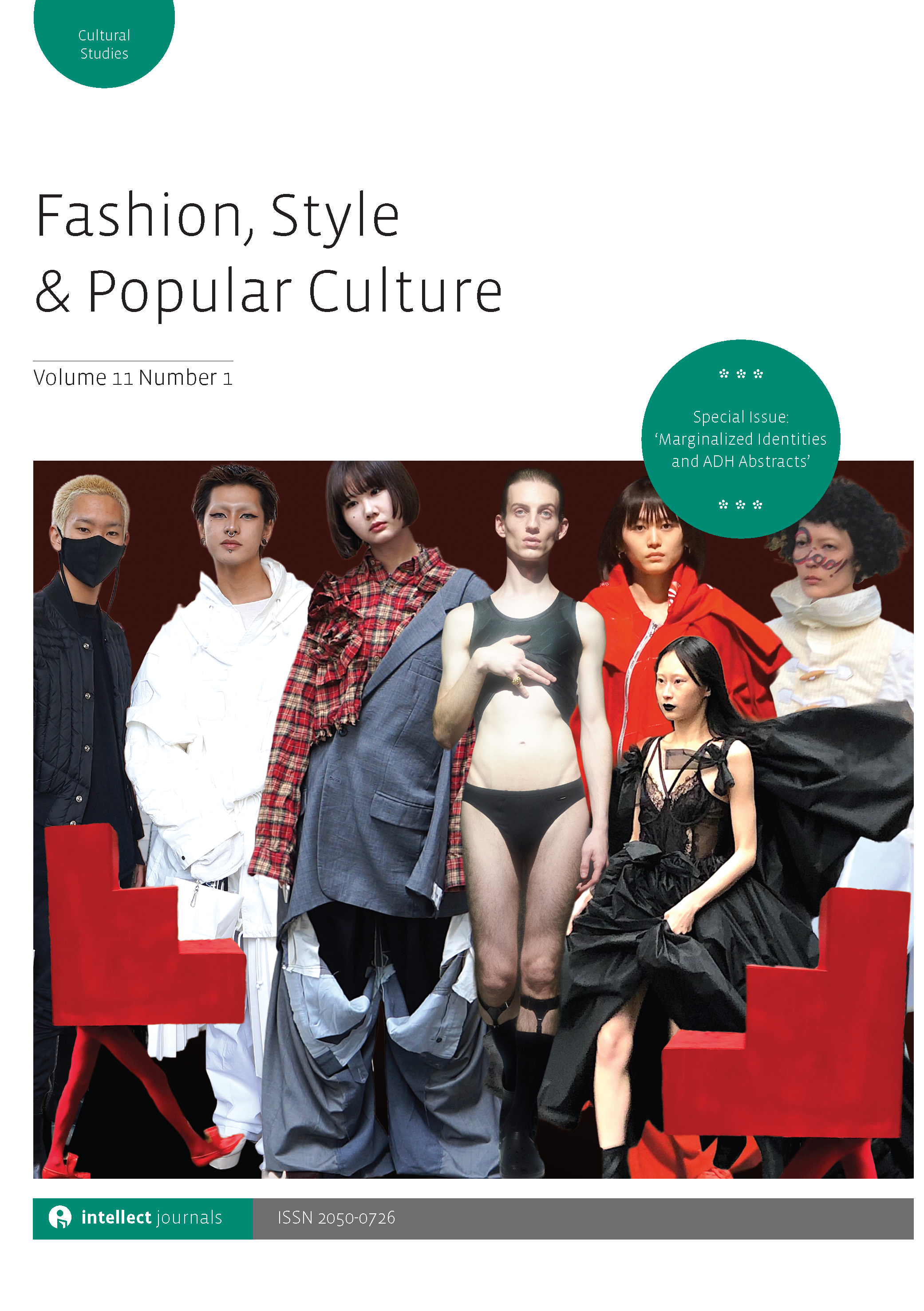
Full text loading...

 , Lisa VanHoose2
, Lisa VanHoose2
The goal of this study is to identify the self-perception of cancer survivors’ body image distress and to illustrate fashion-oriented consumption as a coping mechanism. Retail therapy (RT) may be a promising intervention for cancer survivors to mitigate body image distress and promote positive health outcomes. The impact of cancer treatments on each survivor should be considered based on their body investment, cancer type, diagnosis, body weight and other demographic characteristics. Developing mitigation strategies using RT for cancer survivors with visible physical changes is crucial. Fashion-oriented shopping can give cancer survivors a sense of control and boost a positive self-image. Cancer survivors who are highly conscious of societally prescribed definitions of normal appearance may benefit significantly from RT.

Article metrics loading...

Full text loading...
References


Data & Media loading...
Publication Date:
https://doi.org/10.1386/fspc_00196_1 Published content will be available immediately after check-out or when it is released in case of a pre-order. Please make sure to be logged in to see all available purchase options.